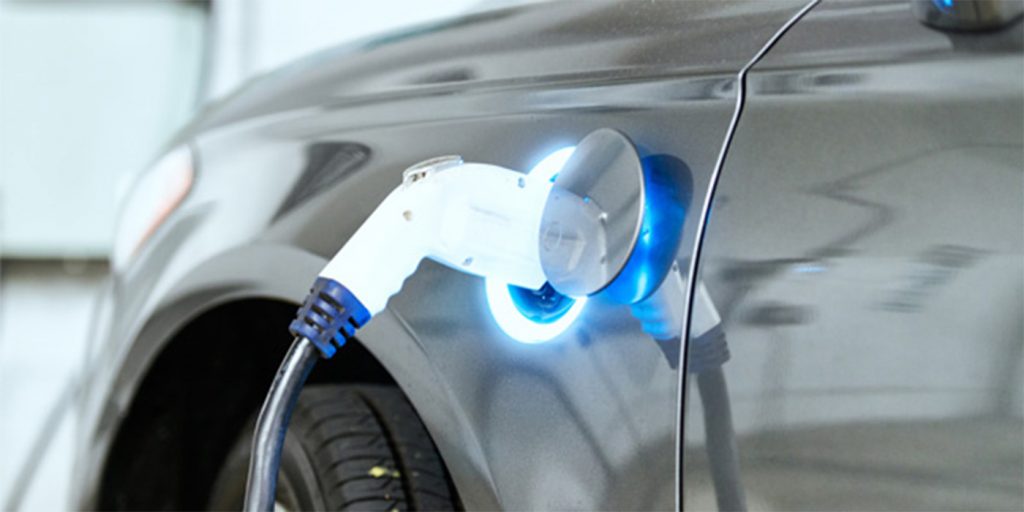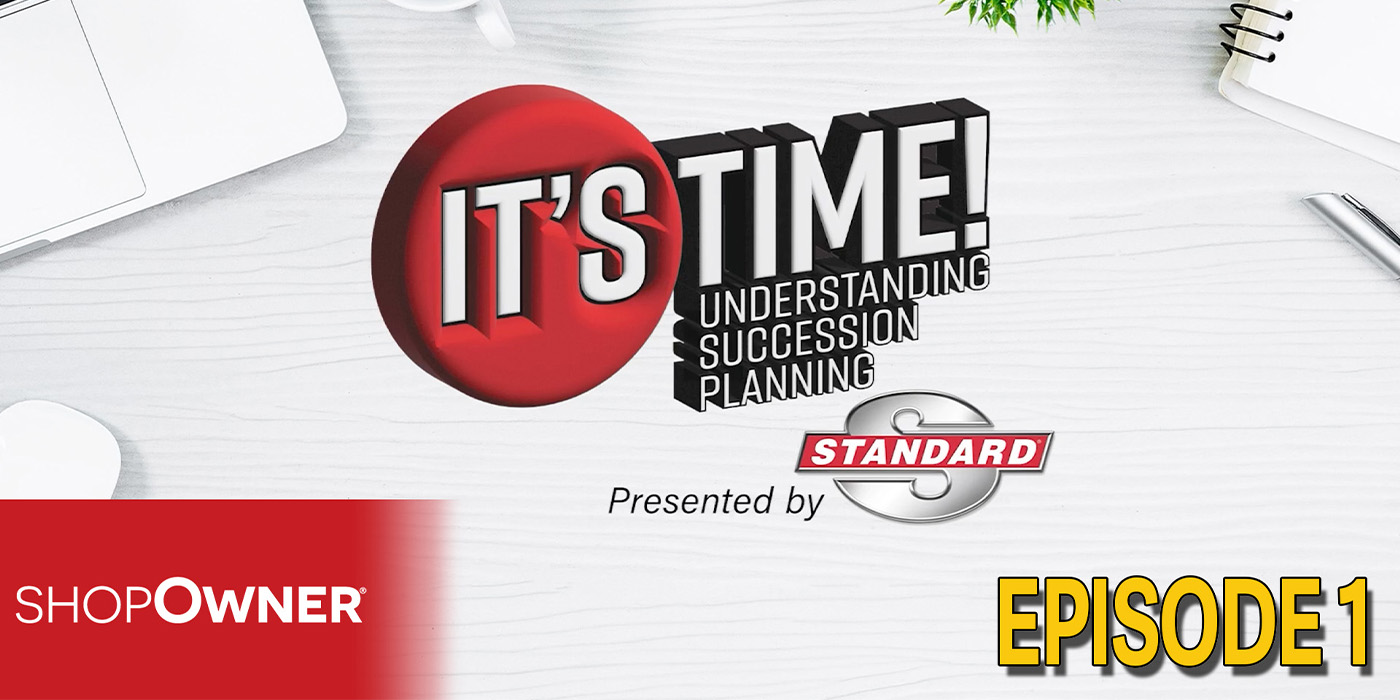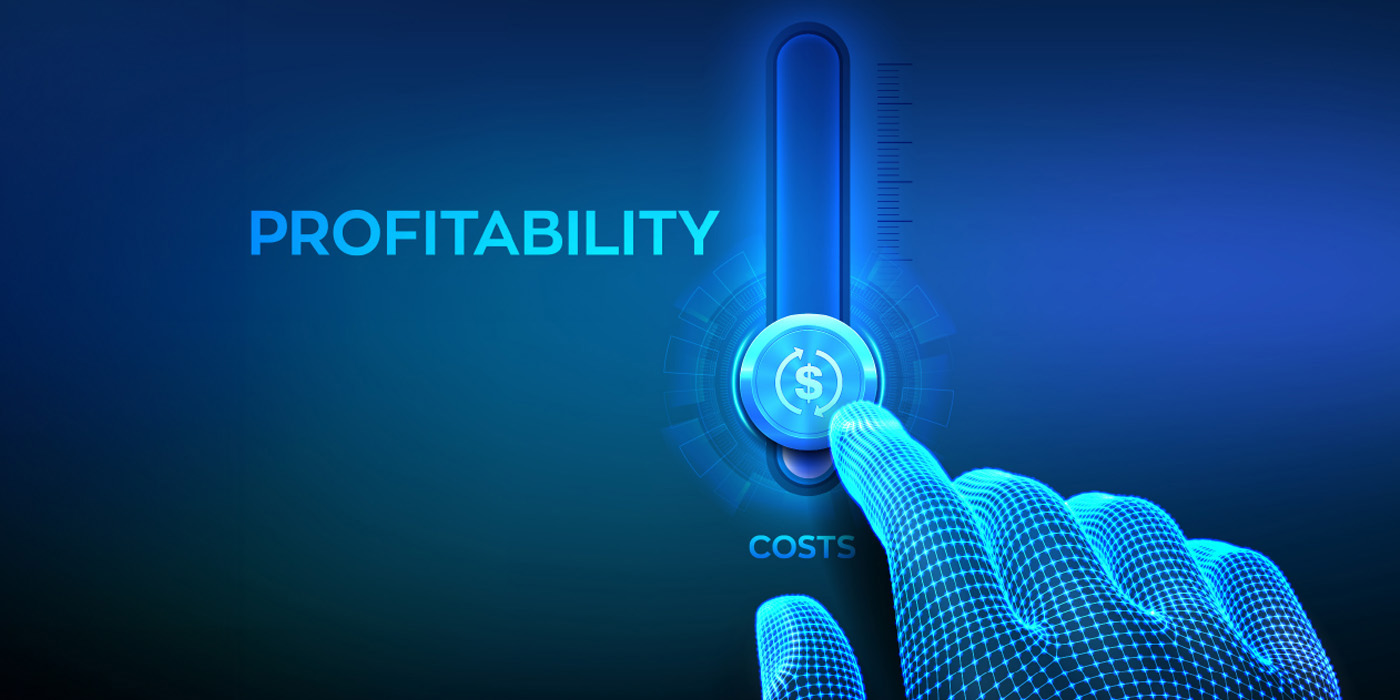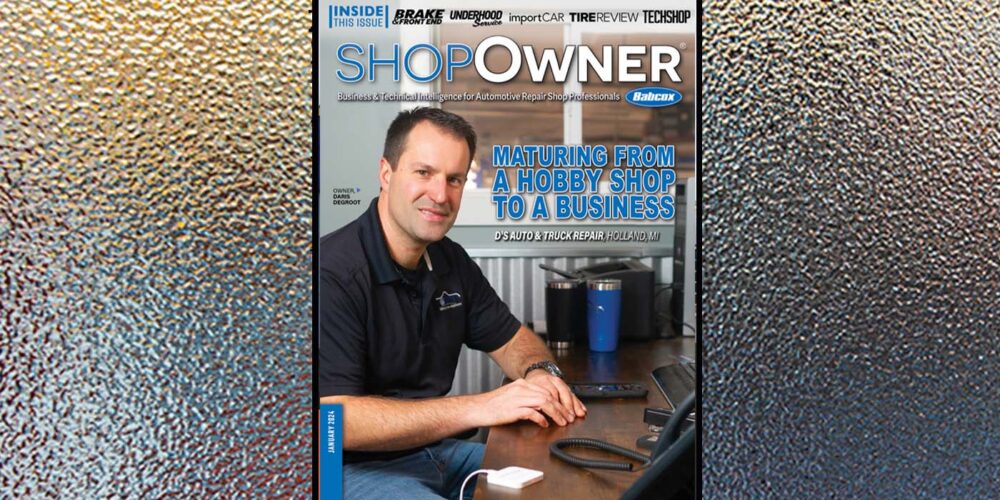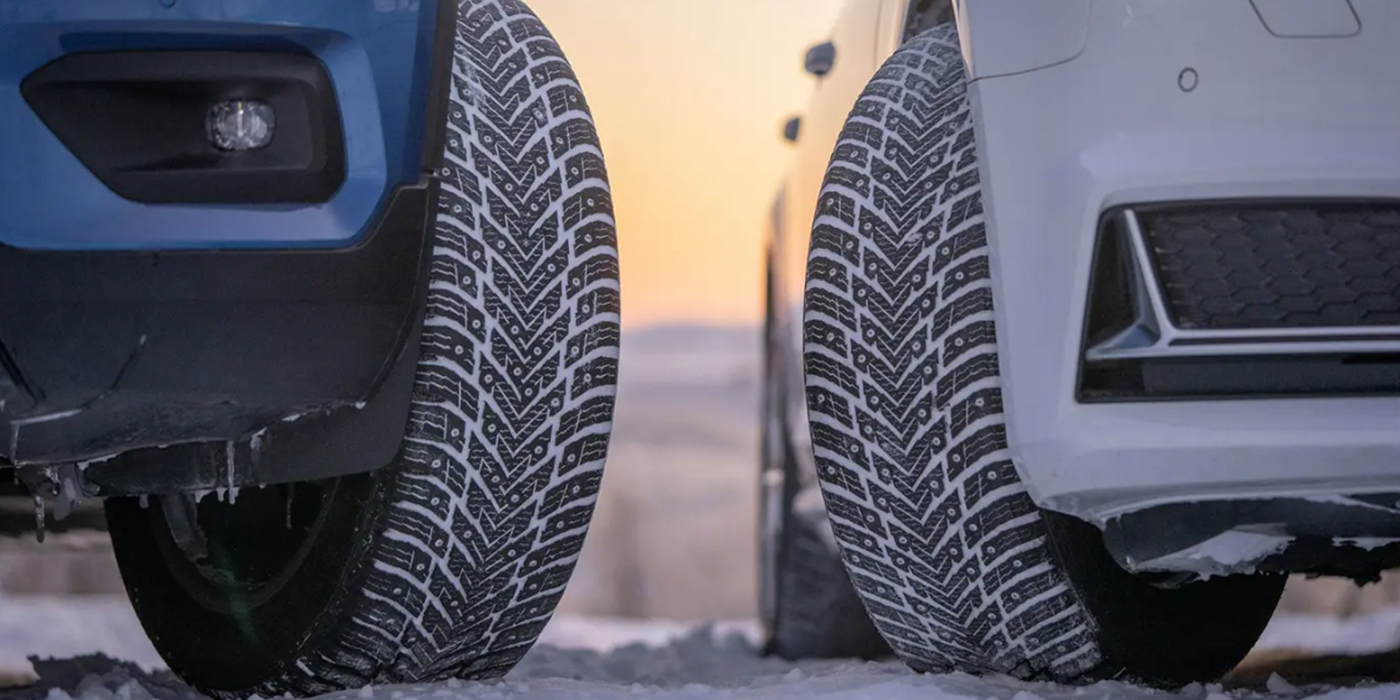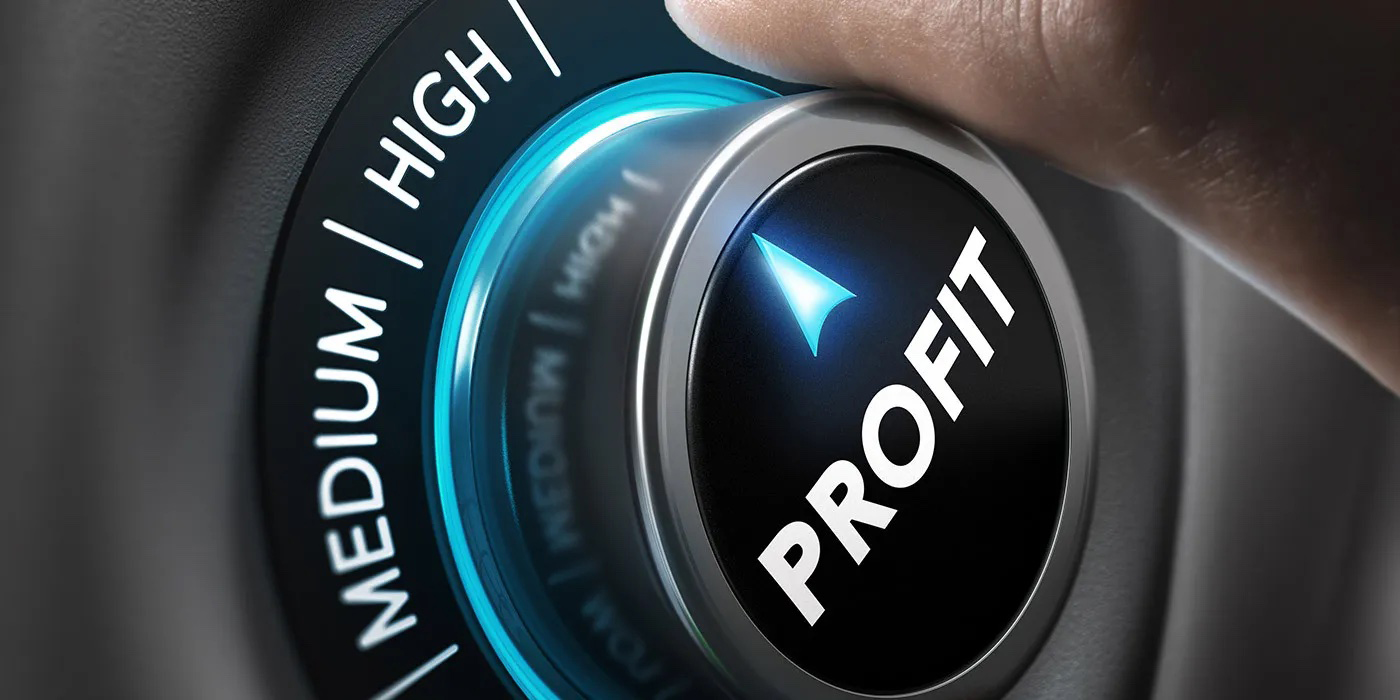I have been reading a lot of online forums and groups lately. One of the recurring post subjects is shop operators complaining that electric vehicles do not need maintenance or repairs. Some think these electric vehicles will put shops out of business. Some even feel that they should get out of the business now.
Like it or not, electric vehicles are here and more are coming.
This is ridiculous. If the internet was around in the late 1970s, shop owners and technicians would have been complaining that fuel injection and solid-state ignition was going to destroy their carburetor rebuilding and points replacement business. Somehow shops survived and even managed to thrive after these opportunities dried up.
Like it or not, electric vehicles are here and more are coming. Yes, they will undoubtedly change what happens in the bays. But, they are not going to change the relationship between the shop and its customers. People will still be driving, cars will still break down and customers will still demand to have them fixed by 5 pm.
There are still opportunities for maintenance, you just have to frame it in terms Tesla and other electric vehicle owners understand. Instead of an alignment, it is a Suspension Geometry Battery Range Optimization Procedure. A coolant flush is now a Thermal Transfer Fluid Renewal for Battery Temperature Regulation. Parking brake adjustments are now a Brake Drag Reduction Procedure for Range Extension.
The good news is that Teslas have to use the same terrible roads as every internal combustion vehicle. Better yet, their autopilot systems can’t dodge potholes. There are many opportunities for components like wheel bearings, struts and bushings that will need replacement as often as their conventional counterparts.
I know there will continue to be opportunities for shops for older or second-hand electric vehicles as well. For example, all of these vehicles have a 12-volt AGM “cranking” battery to power lighting, the ABS system and other systems that require 12-volts. In addition, electric vehicle A/C systems use refrigerants like R-134a and now R-1234yf.
Some shop owners and technicians are talking about quitting the game before it really gets started. So what if you can’t sell an oil change to an electric car owner? There are still plenty of other opportunities that can’t be ignored.

